9 Ghost Towns Brought Back to Life by Locals
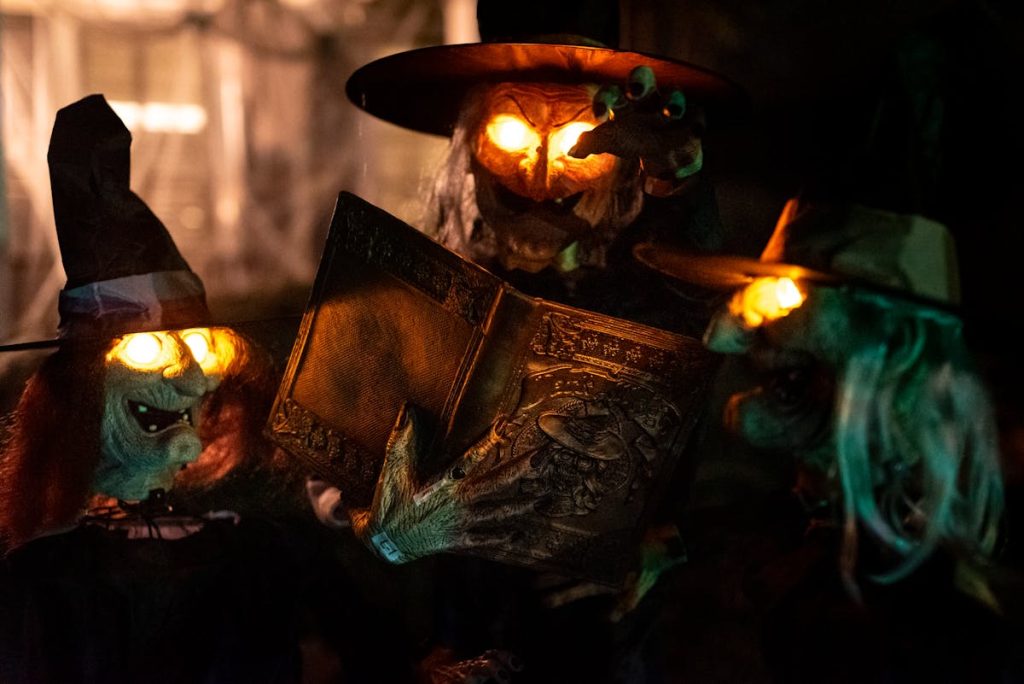
Across the country, forgotten ghost towns are finding new life as communities of artists, historians, and entrepreneurs breathe energy back into their streets. Once symbols of decline, these places are now testaments to resilience and imagination. With careful restoration and a focus on local heritage, residents are turning abandoned main streets into cultural landmarks. Each town tells a story of revival, blending the past with a fresh sense of purpose and pride.
Jerome, Arizona
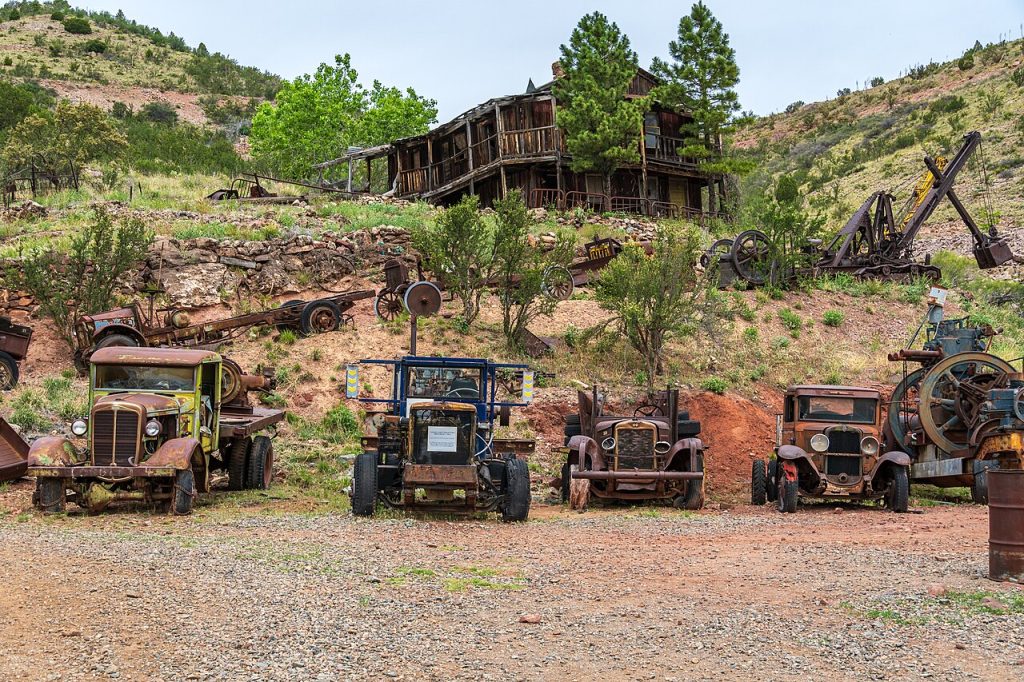
Once a bustling copper mining town, Jerome nearly disappeared after the mines closed in the 1950s. Locals and artists later moved in, restoring old buildings and opening galleries, cafes, and studios. Its hillside streets now attract visitors eager to experience a creative mix of history and art. Jerome’s rebirth as an arts hub proves how a community’s spirit can transform decay into beauty.
Bodie, California
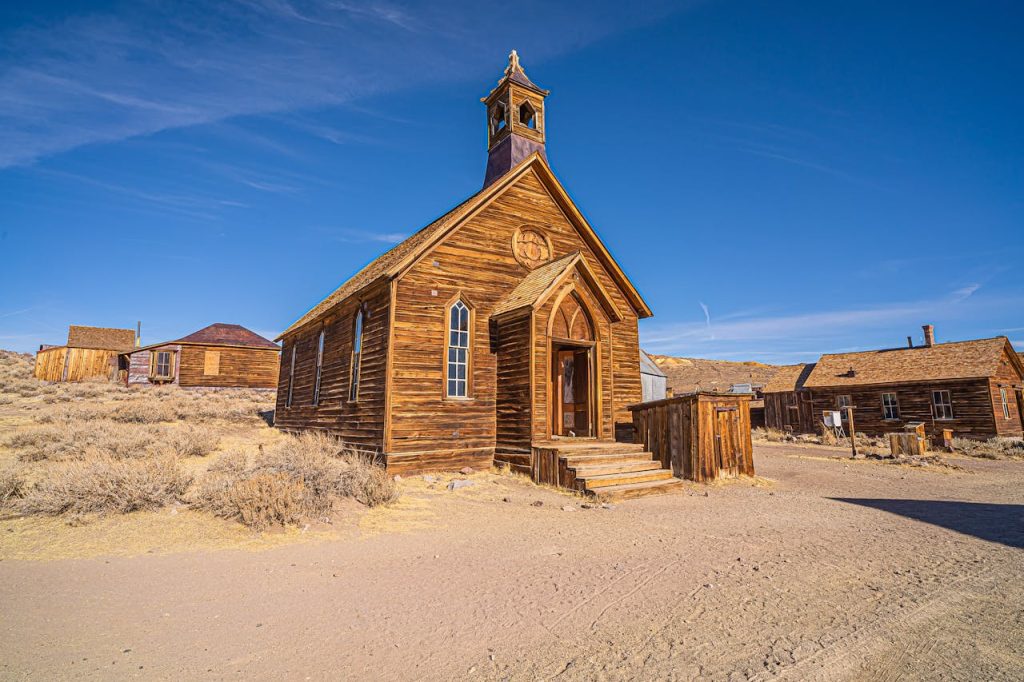
Bodie was once a wild mining town, later left frozen in time after its decline. Locals and preservationists stepped in to stabilize the remaining structures and maintain it as a “preserved ruin.” Visitors now walk through its silent streets, where homes and saloons remain exactly as they were. The town thrives through tourism and care, offering a haunting yet fascinating glimpse of frontier life.
Terlingua, Texas

Located near Big Bend National Park, Terlingua was abandoned after its quicksilver mines closed. Decades later, locals reclaimed it, turning crumbling buildings into quirky bars, lodges, and art spaces. Its annual chili cook off draws crowds from around the country, celebrating both community and creativity. Today Terlingua stands as a vibrant desert outpost with a rustic, laid back charm that keeps visitors coming back.
Rhyolite, Nevada
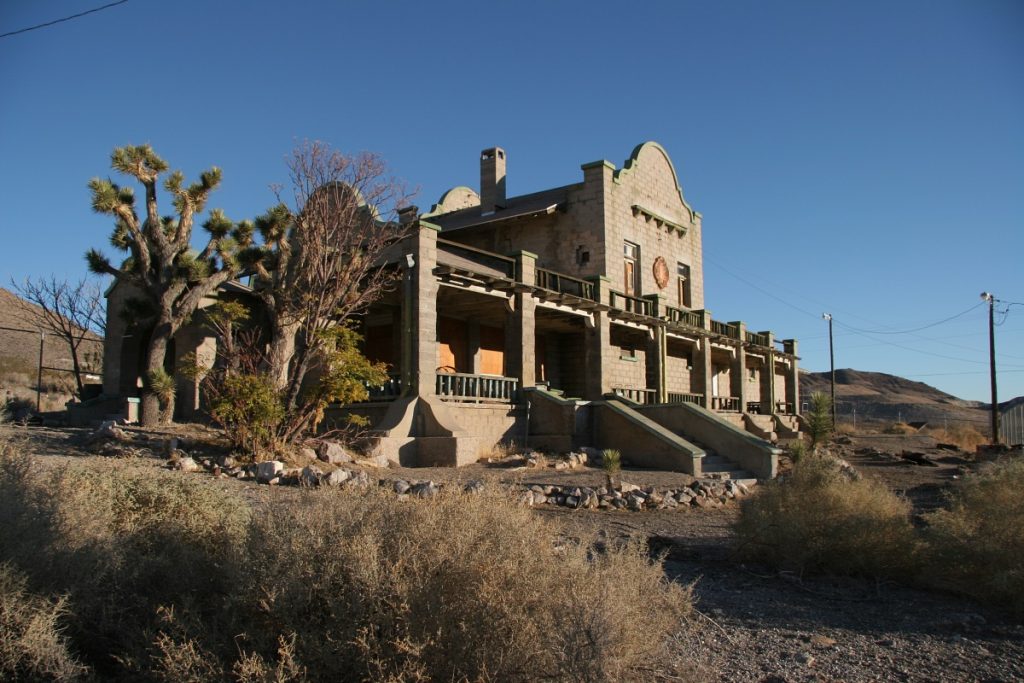
Rhyolite’s once booming gold rush era faded fast, leaving behind striking ruins in the desert. Locals and historians preserved what remained, transforming it into an outdoor museum and film location. Artists added sculptures and installations, giving the ghost town new life as a creative landmark. Rhyolite’s mix of decay and imagination draws travelers who want to see history reimagined through modern expression.
St. Elmo, Colorado
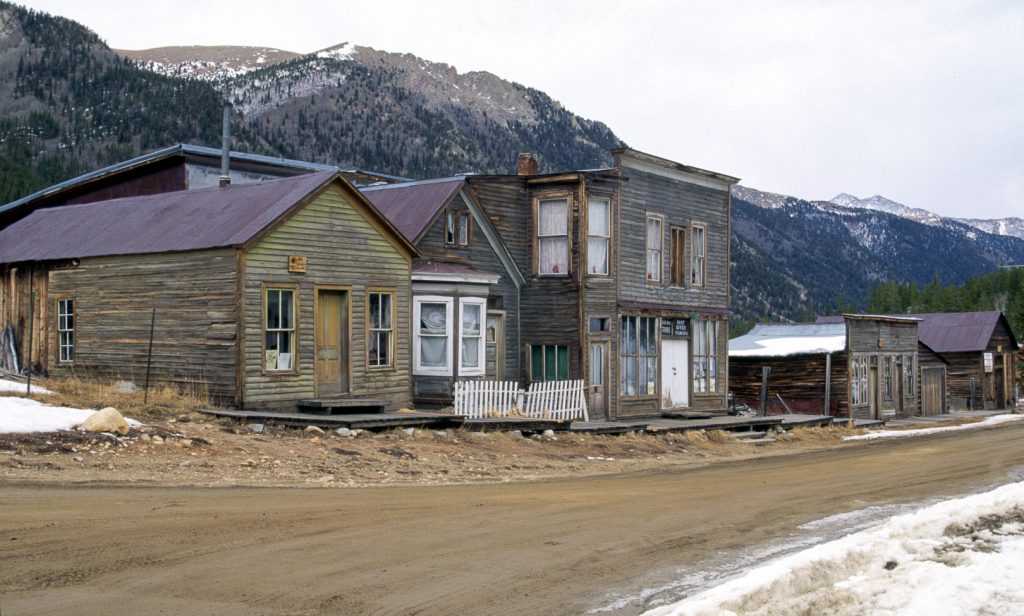
High in the Rockies, St. Elmo was deserted after mining collapsed, but its preservation owes much to local families. They maintained its buildings and reopened its general store, welcoming visitors every summer. The town retains its 19th-century charm with weathered wood facades and quiet mountain trails. Thanks to ongoing care, St. Elmo offers an authentic step back into Colorado’s frontier history.
Goldfield, Nevada
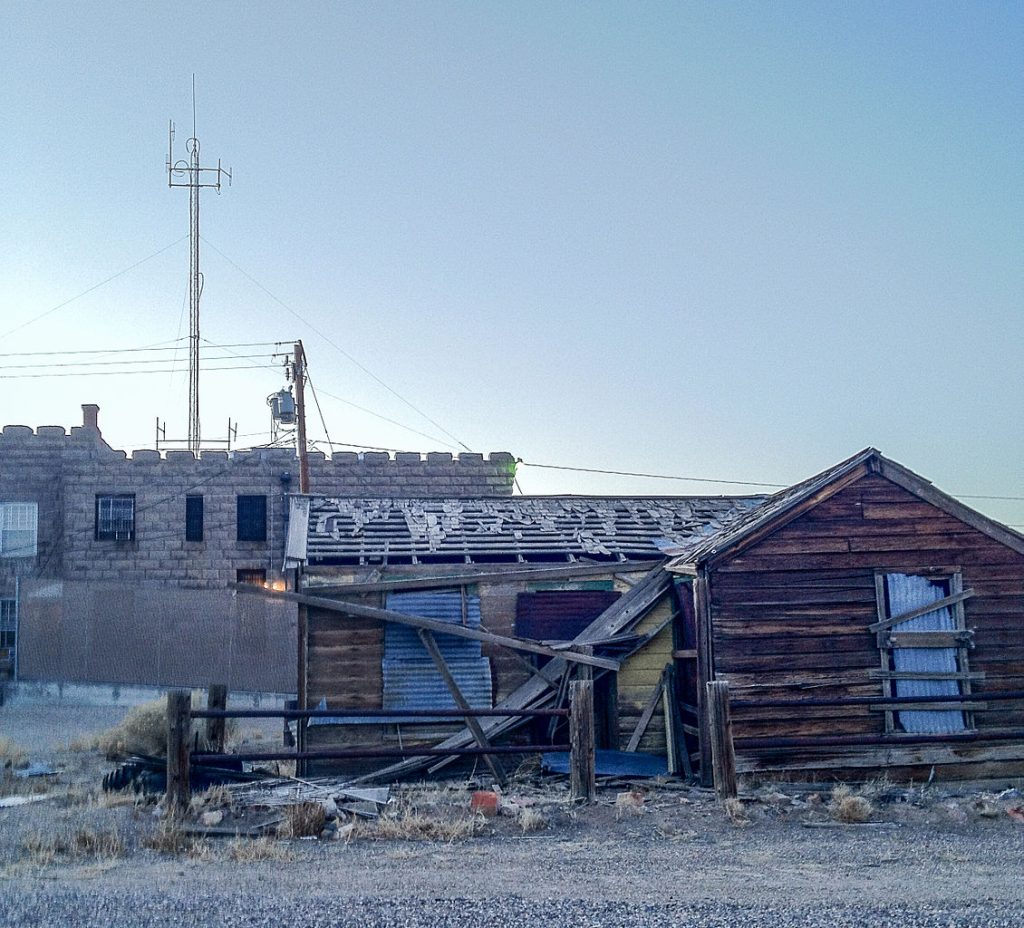
Goldfield once boasted wealth and influence during the early 1900s but dwindled after its mines closed. Locals have since revived it through restoration projects and historical festivals. The Goldfield Days celebration and rebuilt structures keep its legacy alive, attracting tourists interested in old West history. What was once a desolate mining camp now thrives as a living tribute to perseverance and pride.
Garnet, Montana
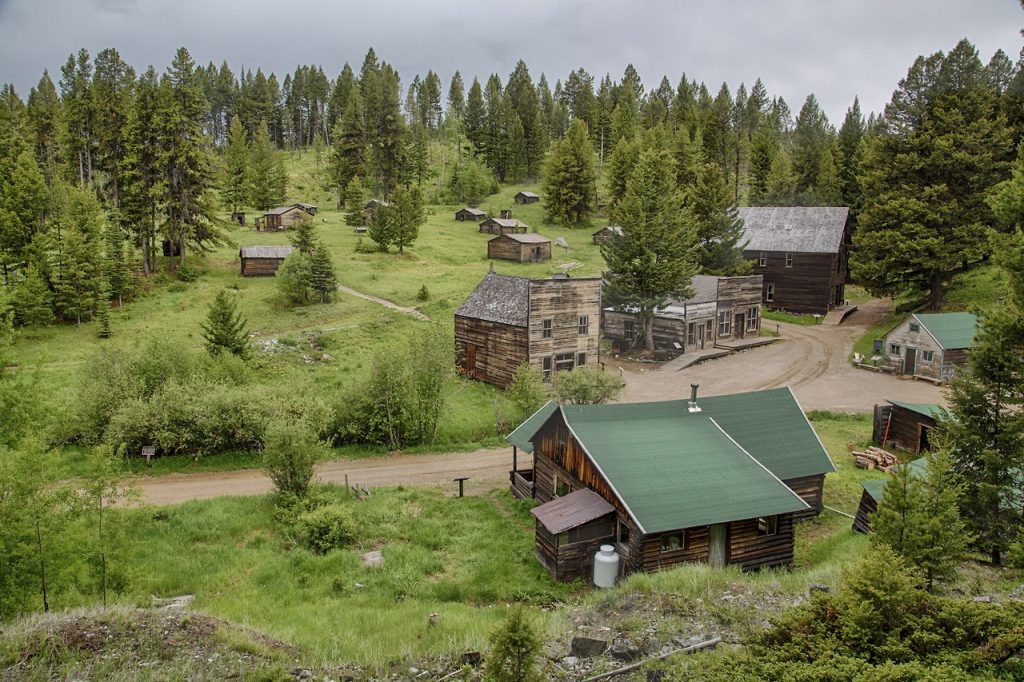
Garnet lay abandoned for decades until local volunteers and state officials joined forces to restore it. The result is a beautifully preserved ghost town where visitors can explore cabins and stores once lost to time. Efforts to stabilize its structures allow travelers to safely experience authentic mining era architecture. Garnet’s revival highlights how community stewardship protects history for future generations.
Calico, California
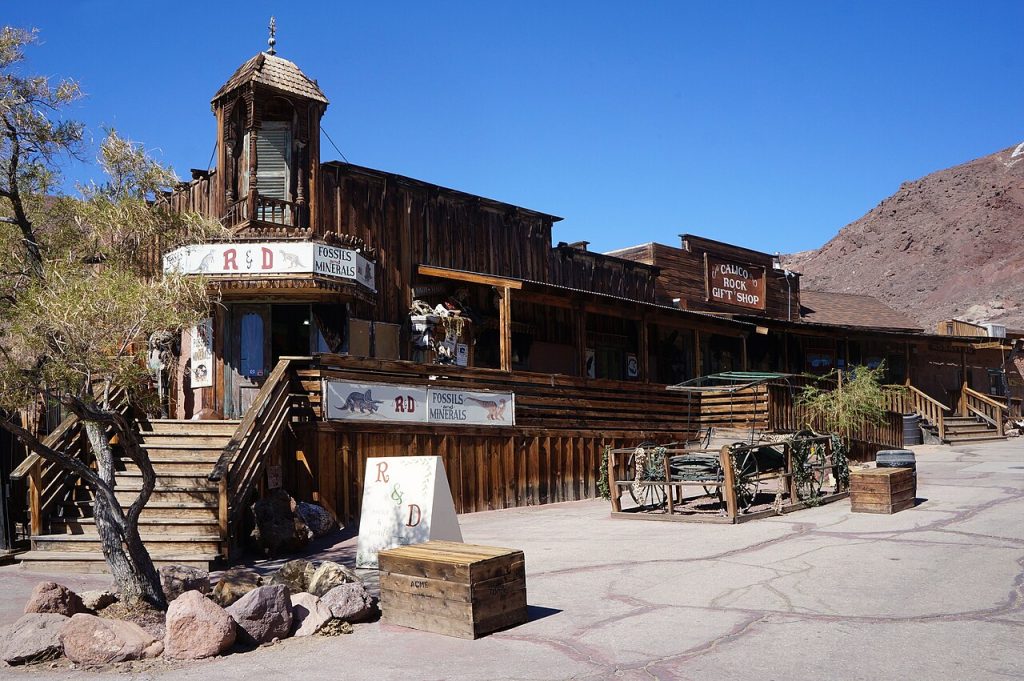
Calico’s silver rush once made it one of California’s richest towns before it was deserted in the 1890s. Locals later restored its colorful buildings and reopened them as part of a heritage park. Today it welcomes visitors with reenactments, shops, and tours that bring the Old West to life. Calico’s revival blends entertainment and education, preserving its spirit while embracing its story.
Bannack, Montana
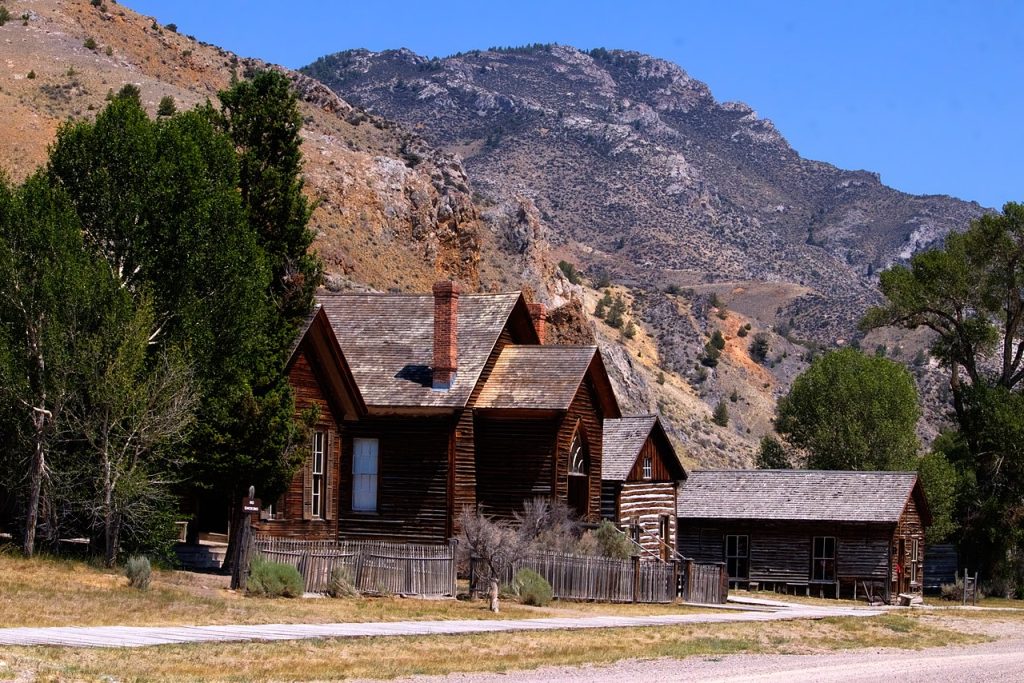
Bannack, Montana’s first territorial capital, became a ghost town after gold ran out. Locals and park rangers worked together to preserve its structures and open them to the public. Visitors can walk through its schoolhouse, saloon, and courthouse, all carefully maintained. Through community dedication, Bannack remains both a historical treasure and a symbol of how shared effort can revive the past.





